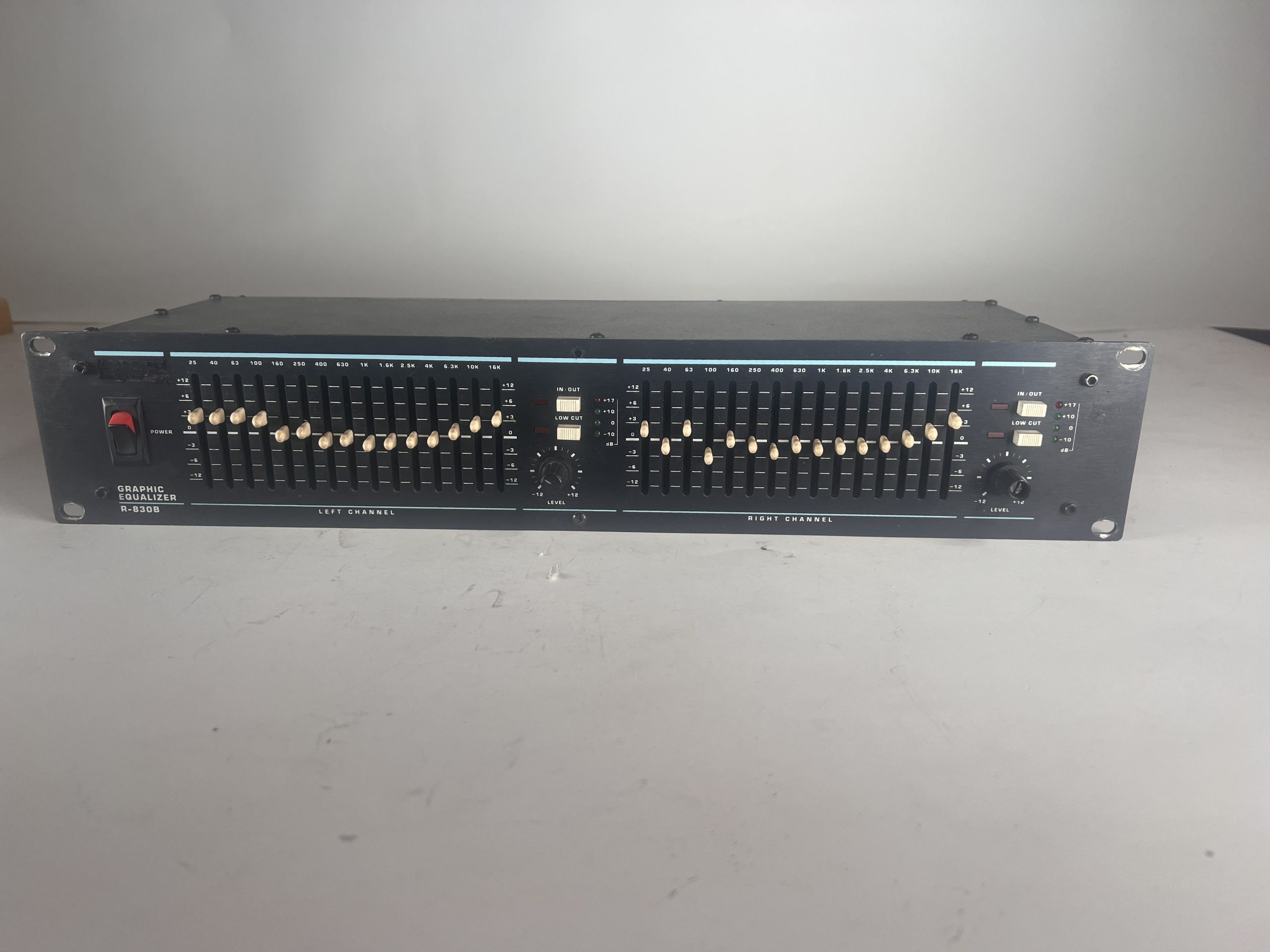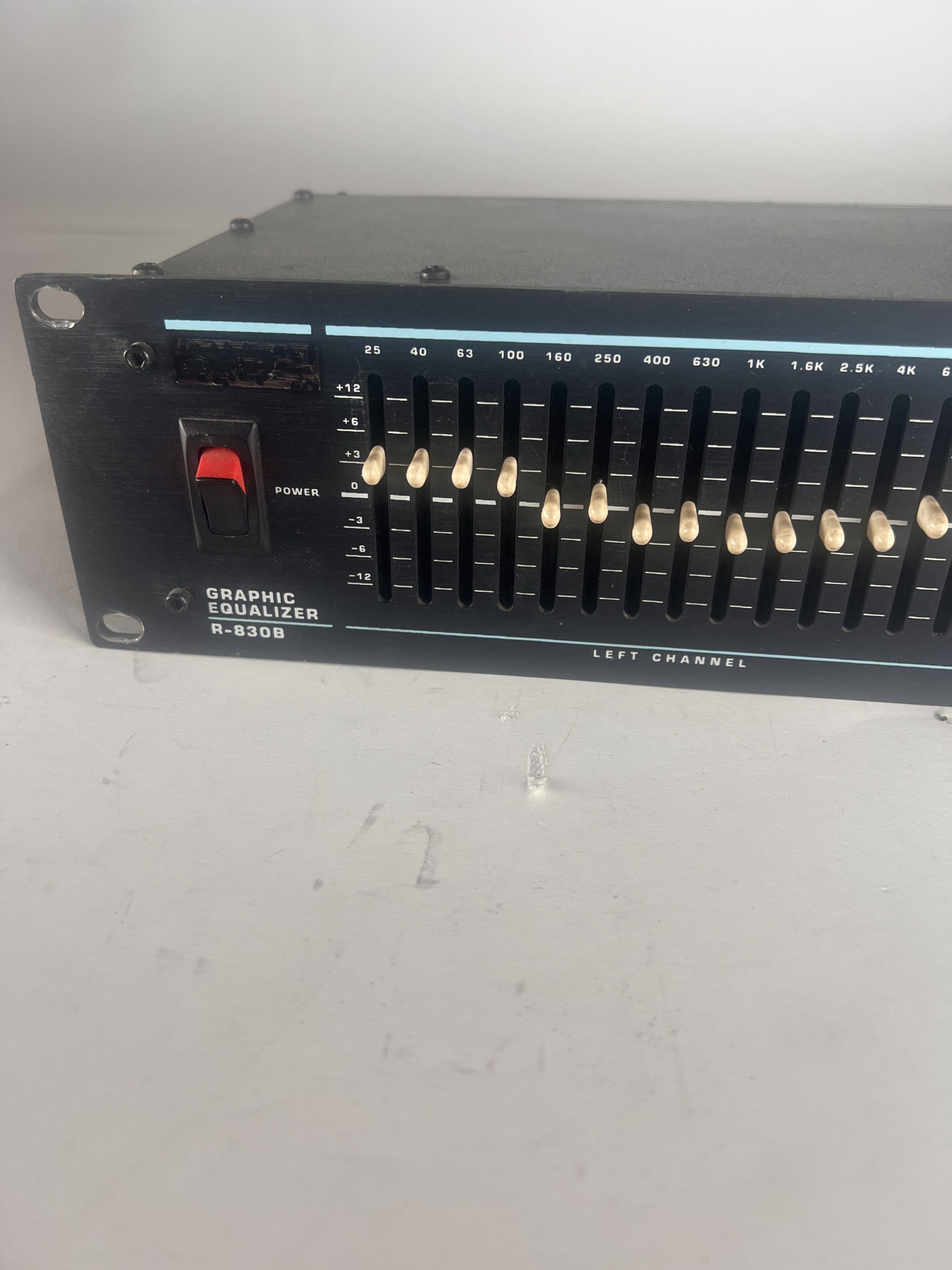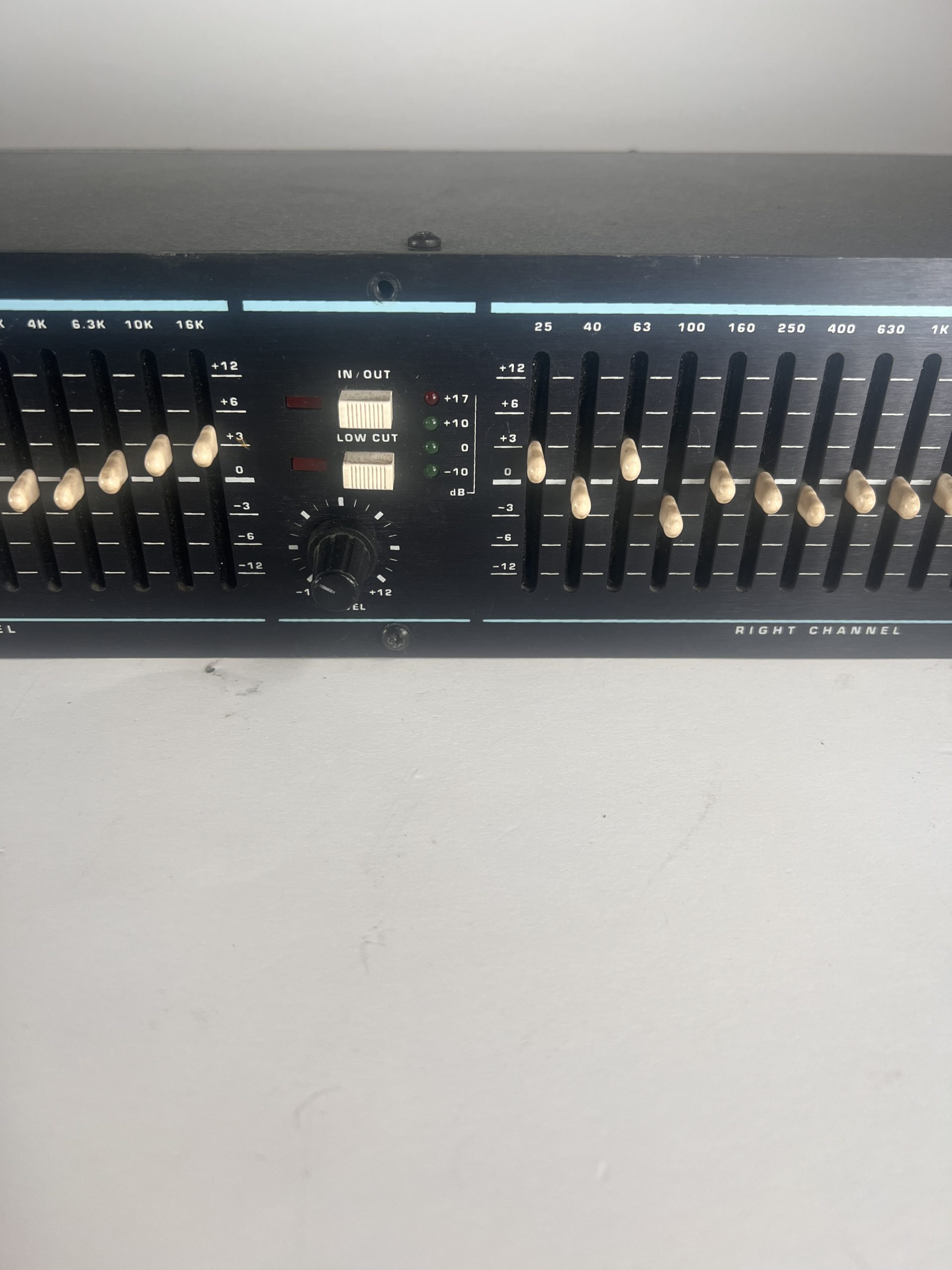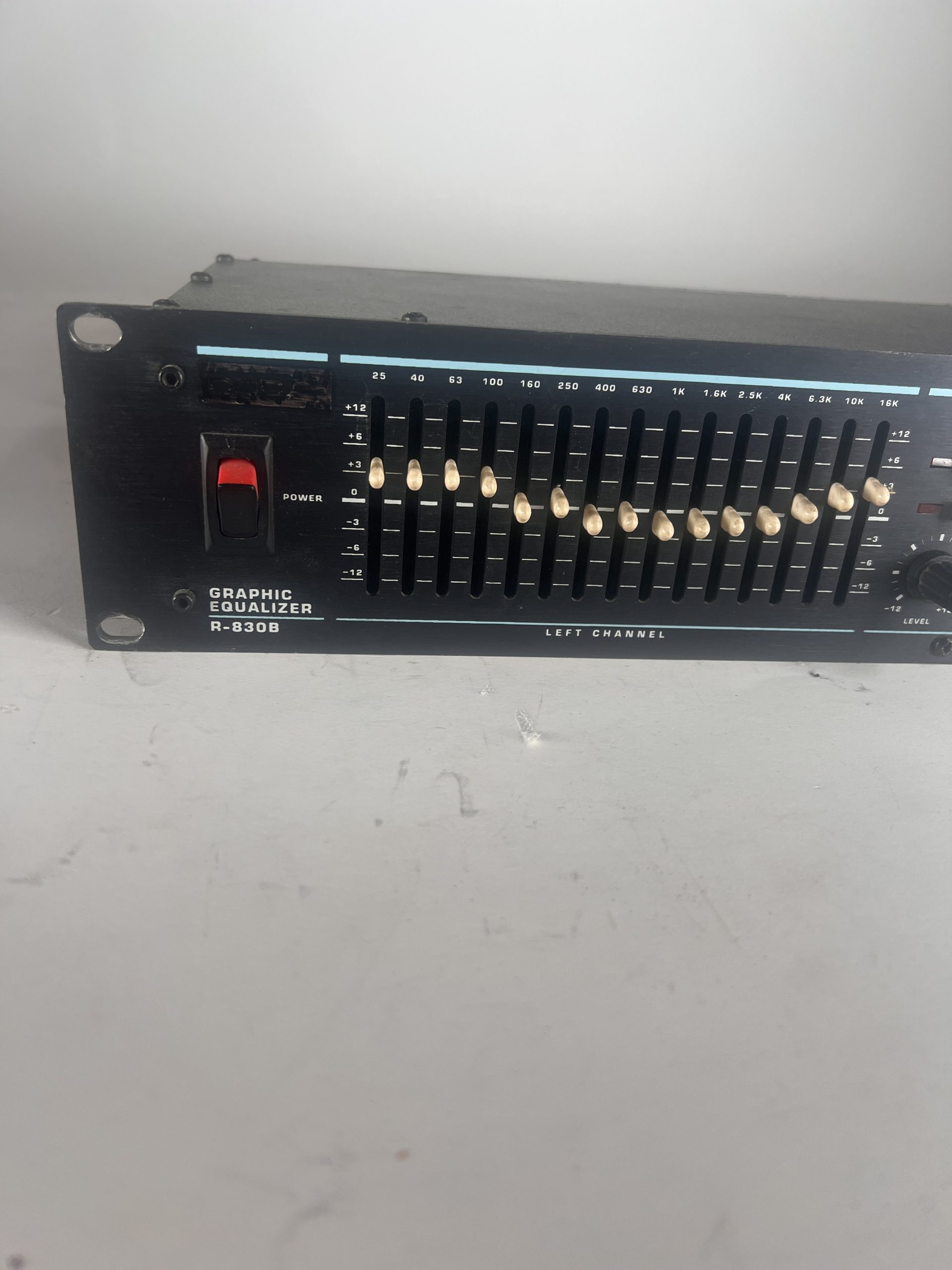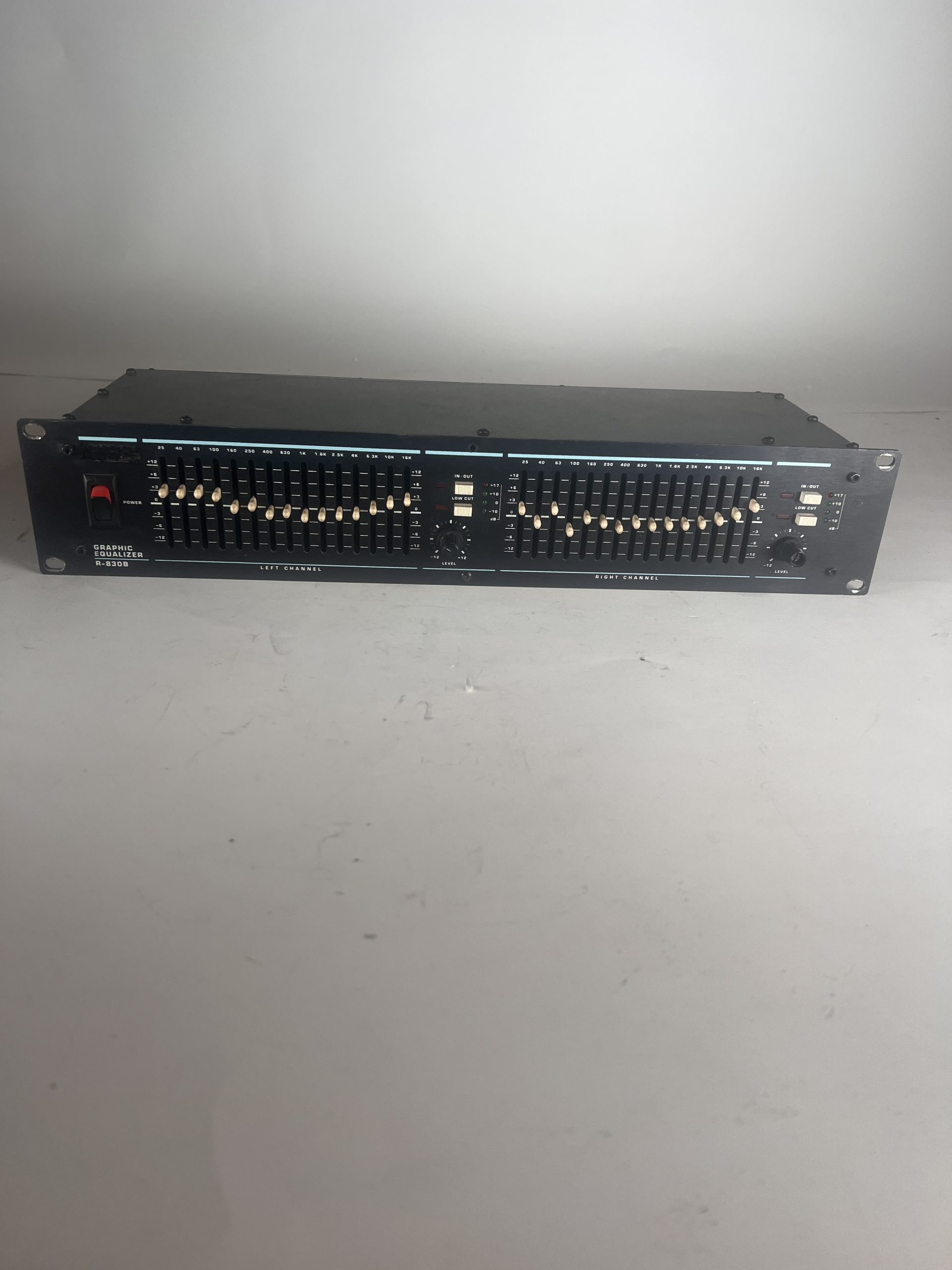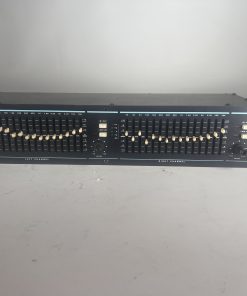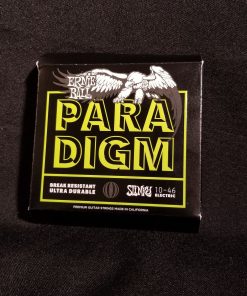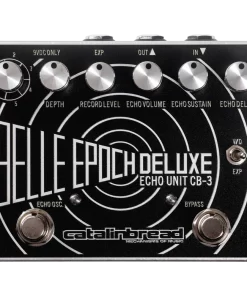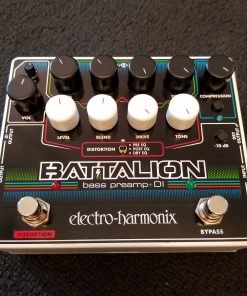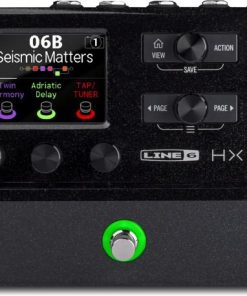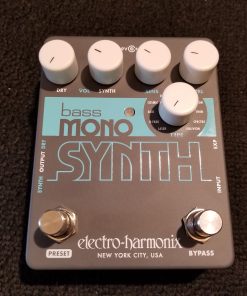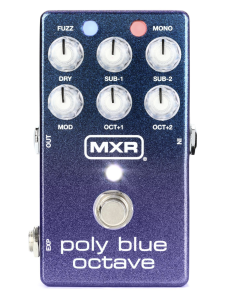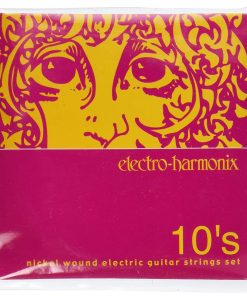Vintage DOD R-830B 15 band 2 channel EQ Equalizer – 2U Rack Processor – Tech Checkup
$59.59
1 in stock
Recently got a tech chekup and is working great with no issues.
Ships 8 lbs with box
The DOD R830A is a two channel EQ which offers 12dB of cut or boost to fifteen ISO frequency bands ranging from 25Hz to 16kHz on each channel. Input and output is via either balanced/unbalanced ¼” jacks or unbalanced phono plugs to the rear panel. The equipment is designed to accept many different inputs and to be used either on stage or in the studio. Each channel has a separate EQ in/out switch and a level control giving +/-15dB gain based on its pre-EQ state. Separate high pass filters offer 6dB/octave roll off from 45Hz and the state of these two switches is displayed by two LEDs mounted next to the buttons on the front panel.
Construction
The thirty slider pots (controlling the amount of cut/boost) have a very positive action, free from mechanical noise and slipping and are mounted direct onto a circuit board behind the front panel. The wiring is carefully thought out and modular connectors are used wherever wires need to join onto the boards, giving the inside of the machine a reassuring calm and efficient appearance. All ICs are socketed for easy service and components are to a high tolerance for best possible reliability.
Despite there being no internal adjustment facility to the individual bandpass filter circuits the accuracy is very good; the EQ control range works very closely to the 12dB specified with only a very slight degree of error less than +/-0.5dB. A separate power supply board mounted on the back of the casing along with the transformer isolates large voltages from the filter boards therefore keeping hum to a minimum.
The outer casing is made of steel and all components and boards are mounted from the base boards upwards directly to the back of the metal case as with the connectors. The modular plugs to the boards allow them to be removed very easily if they should ever need repair or update.
The front panel is made of aluminium with a hardwearing matt black finish and although they have a definite plastic feel the front controls work quietly and efficiently. Signal to Noise ratio is good, being rated better than 90dB and the whole unit is designed to be rack mounted taking up two units on a standard 19″ rack, with dimensions being 3½” x 6″ x 19″.

DOD rear connections.
Usage
The unit offers some very handy features, including output short circuit and reverse surge protection, particularly reassuring for live performance, and high impedance balanced or unbalanced input with mid impedance output allows the unit to be used in most setups either on stage or in the studio. Balanced input/output is maintained in bypass mode and for studio use the input through unbalanced RCA phono sockets as well as standard jacks is very useful.
The high pass filters give 6dB/octave roll off from 45Hz. I feel that for professional use, to be able to handle any amount of mic handling noise, rumble and mains hum etc, the filter cutoff point should be variable with possibly greater roll-off of at least 18dB/octave. I would also have liked at least one peak indicator on each channel which is a facility not offered on this unit at all.
Conclusion
I consider the DOD Graphic to be a good ‘no fuss’ unit which does its job efficiently and quietly. Considering its very good construction it should carry on giving good service for some time. Little dislikes I have about this instrument would include the lack of peak indicators and the very small indentation at 0dB on the slider pots (I personally would like a definite ‘stop’ at this point) but generally I think it is a good reliable device.
| Weight | 128 oz |
|---|---|
| Dimensions | 16 × 4 × 4 in |



